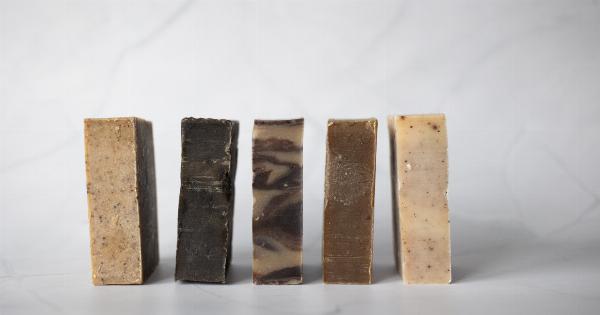Honey, nature’s sweet golden delight, has been treasured by humans for centuries for its marvelous flavor and various health benefits.
Apart from being an excellent natural sweetener, honey is famous for its remarkable ability to remain fresh indefinitely. This everlasting freshness has intrigued scientists and honey enthusiasts alike, prompting them to delve deeper into the mystery behind it.
The composition of honey
Honey is primarily composed of simple sugars such as glucose and fructose, but it also contains trace amounts of proteins, enzymes, minerals, vitamins, and antioxidants.
However, the most significant factor contributing to its long-lasting nature is its low water content. Honey typically contains only about 17-20% water, making it a highly concentrated syrup.
The process of making honey
Honey is made by honey bees (Apis mellifera) from the nectar of flowers. Bees collect the nectar and store it in their honey sacs, where it mixes with enzymes.
Upon returning to the beehive, the bees pass the nectar to other worker bees through regurgitation. This process continues until the nectar undergoes a series of enzymatic changes and dehydration, transforming it into honey.
The significance of low water content
The low water content in honey is crucial to its everlasting freshness. The low moisture level inhibits the growth of bacteria, yeast, and mold, effectively preserving the honey for extended periods.
Microorganisms require water to survive and reproduce, but in honey, their growth is hindered due to the lack of water.
The role of sugar concentration
Another factor contributing to honey’s long shelf life is its high sugar concentration. The high sugar content acts as a natural preservative by creating a desiccating environment that dehydrates and inhibits the growth of microorganisms.
This ability to draw moisture from bacteria and other organisms helps maintain the freshness of honey for extended periods.
Antimicrobial properties of honey
In addition to its low water content and high sugar concentration, honey possesses antimicrobial properties that further contribute to its everlasting freshness.
Honey contains enzymes that produce small amounts of hydrogen peroxide, which acts as a natural antiseptic. This is why honey has been used for centuries to treat wounds and prevent infections. The antimicrobial properties of honey help prevent the growth of microorganisms that could cause spoilage.
Packaging and storage
The way honey is packaged and stored also plays a crucial role in maintaining its freshness. To ensure the longevity of honey, it is essential to store it in a tightly sealed container to prevent moisture absorption from the surrounding environment.
Exposure to moisture can lead to fermentation, which can compromise its quality and freshness. Additionally, honey should be kept at room temperature in a cool and dark place, away from direct sunlight, as excessive heat and light can degrade its quality over time.
The benefits of raw honey
While most commercially available honey undergoes pasteurization and filtration processes, raw honey, which is unprocessed and unfiltered, may offer additional benefits.
Raw honey retains the natural enzymes, pollen, propolis, and antioxidants that contribute to its antimicrobial properties and overall nutritional value.
Using honey as a natural preservative
Due to its natural preservative qualities, honey has been used for centuries as a food preservative. Ancient civilizations would often coat fruits and other perishable food items with honey to extend their shelf life.
This practice is still utilized today in some traditional culinary preparations and artisanal food preservation methods.
Harnessing honey’s everlasting freshness
Scientists and researchers continue to study the properties of honey to uncover its mysteries and potential applications.
Honey’s everlasting freshness has piqued the interest of various industries, including food preservation, skincare, and pharmaceuticals. As we unravel more about honey’s remarkable qualities, we may discover innovative ways to harness its everlasting freshness for various purposes.
Conclusion
Honey’s everlasting freshness is a result of its low water content, high sugar concentration, antimicrobial properties, and proper packaging and storage.
These factors work together to inhibit the growth of microorganisms, ensuring honey stays fresh indefinitely. As we delve deeper into the mysteries of honey, we unlock its potential for various applications beyond its traditional use as a natural sweetener.
The enduring freshness of honey continues to captivate scientists and honey enthusiasts, inspiring ongoing research and innovation.




























